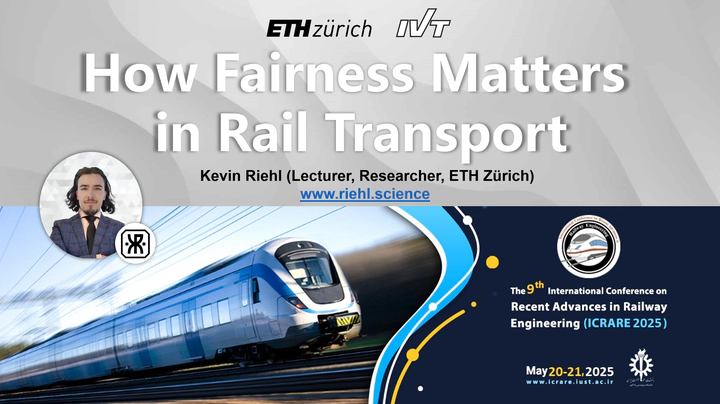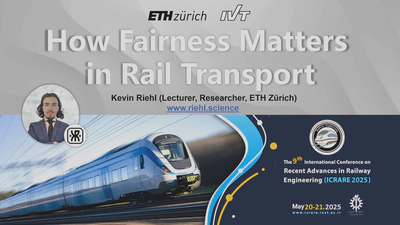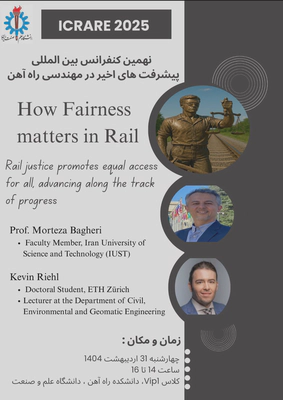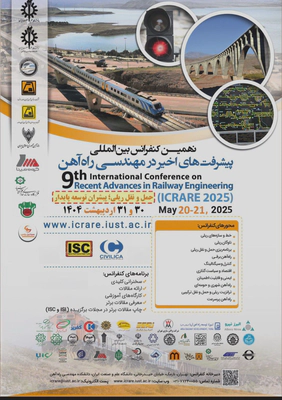How Fairness Matters in Rail Transport
 Image credit: Kevin Riehl
Image credit: Kevin Riehl9th International Conference on Recent Advances in Railway Engineering (ICRARE 2025), Teheran (Remote), Iran, May 20-21, 2025
Contents of Workshop:
Introduction : Why Fairness Matters
Real-time control and time tabling
1. Accessibility for All Rail systems should be designed to accommodate all passengers, including those with disabilities, elderly individuals, and economically disadvantaged groups. Ensuring fair access means:
Providing ramps, elevators, and designated seating for those with mobility challenges.
Offering affordable transportation options, especially for low-income passengers.
Expanding rail networks to underserved areas to prevent transport inequity.
2. Unbiased Treatment and Passenger Rights Fairness in rail transport also involves treating all passengers equitably, regardless of social, economic, or ethnic backgrounds. Rail operators must:
Implement anti-discrimination policies.
Ensure safety and security measures apply to all passengers equally.
Provide efficient dispute resolution systems for passenger complaints. It seems that capitalist and communist approaches shape transportation infrastructure in distinct ways! Capitalism encourages competitive road development fueled by private investment, while communism uses centralized planning to expand railways for collective benefit. Both systems have strengths and weaknesses, affecting how citizens experience mobility and economic opportunities. A) Capitalism and Highways in the United States: The U.S. transportation network, particularly its highways, is deeply tied to capitalist principles: سرفصل های کارگاه آموزشی:
Market-Driven Expansion: The Interstate Highway System, launched in the 1950s, was designed to support private car ownership and commercial trucking, reinforcing a market-driven economy.
Private Investment and Toll Roads: Many highways are funded through public-private partnerships, where companies invest in roads and charge tolls, reflecting capitalism’s reliance on profit incentives.
Decentralization and Competition: Infrastructure expansion depends on competition between state governments and private firms, leading to varied road quality across regions. While capitalism has driven efficiency and innovation, it has also resulted in disparities—wealthier areas benefit from superior highways, while lower-income regions may struggle with outdated infrastructure.
3. Communism and Railways in Russia and China In contrast, Russia and China have prioritized rail transport, guided by communist economic principles:
State-Controlled Planning: Rail networks are developed under centralized government control, ensuring that expansion aligns with national economic goals rather than private interests. - Rail as a Tool for Social Equity: Unlike capitalist economies, where road accessibility depends on individual car ownership, railways in Russia and China aim to provide affordable transportation for the masses.
Strategic Expansion: The Trans-Siberian Railway in Russia and China’s high-speed rail system showcase how communist states use railways to integrate remote regions and boost economic development.
Though communist rail systems prioritize accessibility and central planning, they can sometimes lack the competitive efficiency of capitalist economies, leading to bureaucratic delays or rigid implementation.
 |  |  |  |